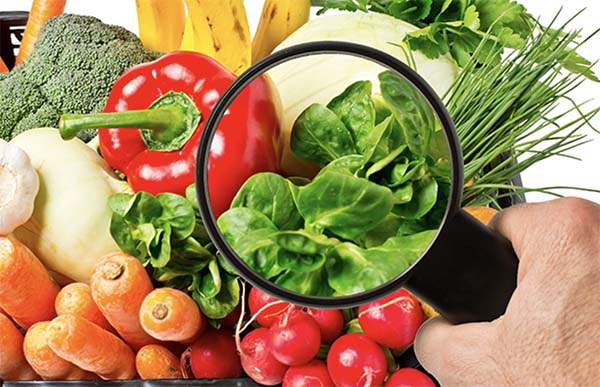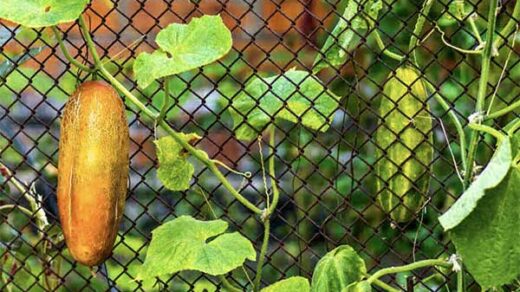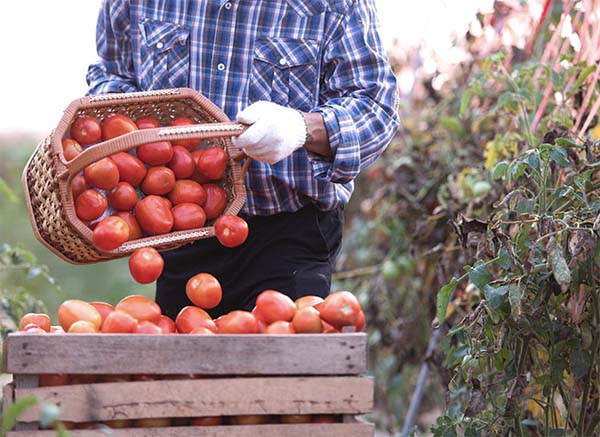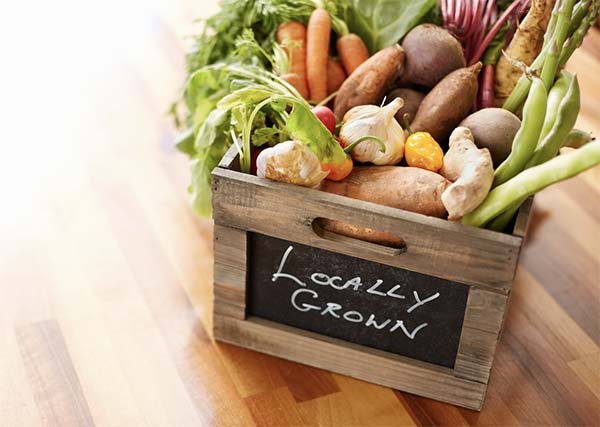A farmer’s market is the best place to find fresh food. You can even head there to gather inspiration if you don’t have a specific recipe in mind. They’re considered the holy grail of organic food sources.
However, as great as they are, these markets are at risk for foodborne diseases. If you’re selling at a farmer’s market, you should follow the tips we share below to keep your food fresh and safe!
Tips for Keeping Food Safe at a Farmer’s Market
Toss Out Products That Have Blemishes
Discard any products with marks or bruises before going to the farmer’s market. Blemished crops spoil very quickly, and potential buyers tend to stay far away from them.
Set Up A Hand Washing Station
A hand washing station next to your stall is the perfect way to remind your staff and customers to wash their hands frequently. It would help if you didn’t hang a towel next to the station because these are an ideal way for germs to spread.
Don’t Wash The Produce
Contrary to popular belief, it would be best if you didn’t wash your crops before taking them to the market. You can inform your customers of the pesticides you use and tell them to clean the products as soon as they get home.
Irrigated crops don’t stay fresh for long. If the fruit or vegetables appear filthy after harvesting, you can use a brush or paper towel to remove the loose dirt.
Ensure That Your Equipment Is Dry And Clean
All the baskets, surfaces, and cutlery that you use should be thoroughly washed and sanitized. It’s essential to use clean water that isn’t possibly contaminated.
Remember to dry everything, especially the baskets and containers, after washing. Wet containers can cause your fresh foods to rot or become wilted.
Be Gentle When Handling Your Products
Pressing too hard on your fruits can cause bruises. These bruises aren’t appealing to the eyes of potential buyers, and they cause the fruit to deteriorate faster.
Remind your staff to be gentle when they package the products and ensure that the transportation process isn’t too harsh on them.
Package Some Of Your Products Beforehand
Customers tend to touch and feel fruits before they buy them. You can limit this handling by pre-packaging some fruits and vegetables. By doing this, the customers can see the products but cannot touch them before buying.
Keep Your Stall Cool
A cool stall is a nice resting spot for buyers that have been walking in the sun for hours. If your booth is cold, it attracts buyers, and your products stay fresh for longer.
You can keep your stall cool with a shading net or canopy. Use a cooler or fridge behind your stall to store everything while you only set out some samples.
Prepare Your Produce Before The Market
Customers love samples and seeing you cut up fruit in front of them. Please don’t use your stall for this and prepare everything you can at home.
If you’d prefer to give your customers a show, a designated table to cut up produce that gets cleaned frequently is a good option.
Use Ice Boxes To Keep Meat And Fish Fresh
Meat and fish products should never be left out. Use ice boxes, coolers, fridges, or freezers to keep everything fresh until someone buys it.
Don’t Leave Fresh Products In The Sun
Samples and sensitive foods shouldn’t stay out for too long. Limit the time that your samples spend on your table and discard leftovers after about an hour.
How To Produce the Best Food for a Farmer’s Market to Ensure Quality
Best Quality Products: Don’t bring crops to the market that have blemishes. Fruits like tomatoes should be ripe enough to stay fresh at the customer’s house until they use them.
Limit Your Variety: Stick to products of the same type to prevent cross-contamination. Chicken and leafy vegetables at the same stall aren’t a good idea.
Prepare Your Products Beforehand: Your products should be chopped and cleaned before you get to the market. Don’t prepare your products on the table at your stall. This can be unsanitary.
Stick to Organic Products: You should only use organic fertilizers and pesticides on your crops. It ensures that your customers only get the best quality when they buy from you.
Choose The Right Harvesting Time: Harvest your crops at the right time to ensure they’re ripe and ready. Overripe products will spoil before you can sell them, and underripe products aren’t attractive to buyers.
In Summary
Keeping your produce fresh at a breeding ground for diseases can be stressful, but it’s possible. Remember to follow all health and safety guidelines before and after the farmer’s market to ensure cleanliness.
If you can guarantee your customers that your products are clean and healthy, they should sell like hotcakes.



